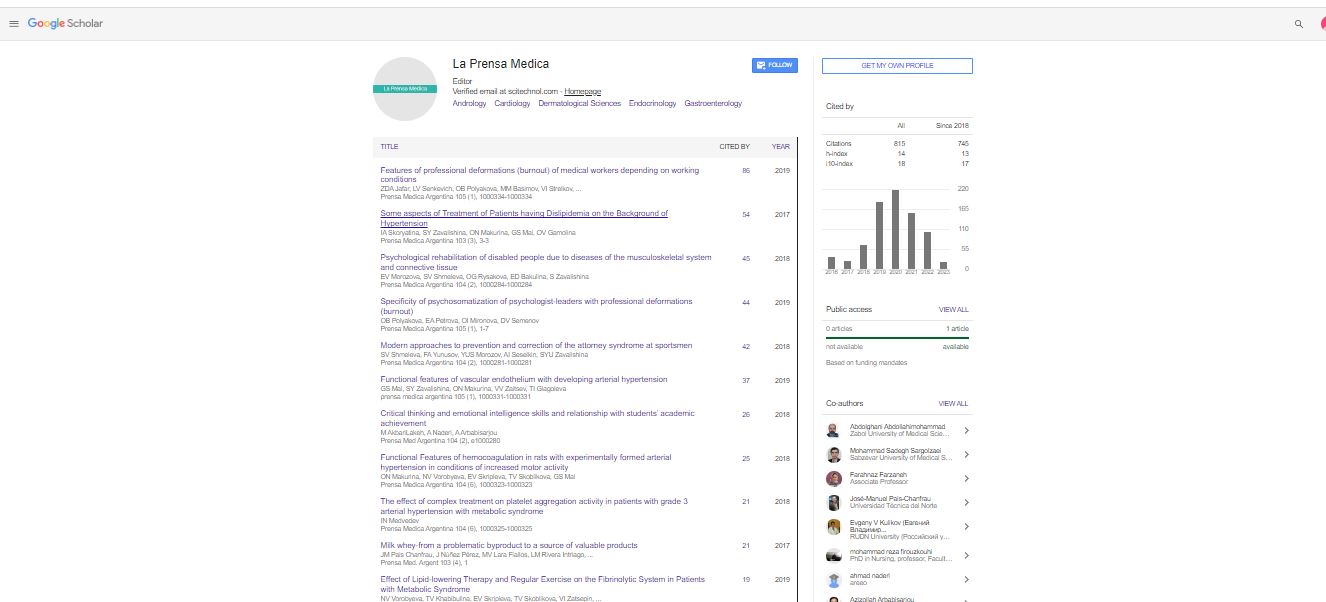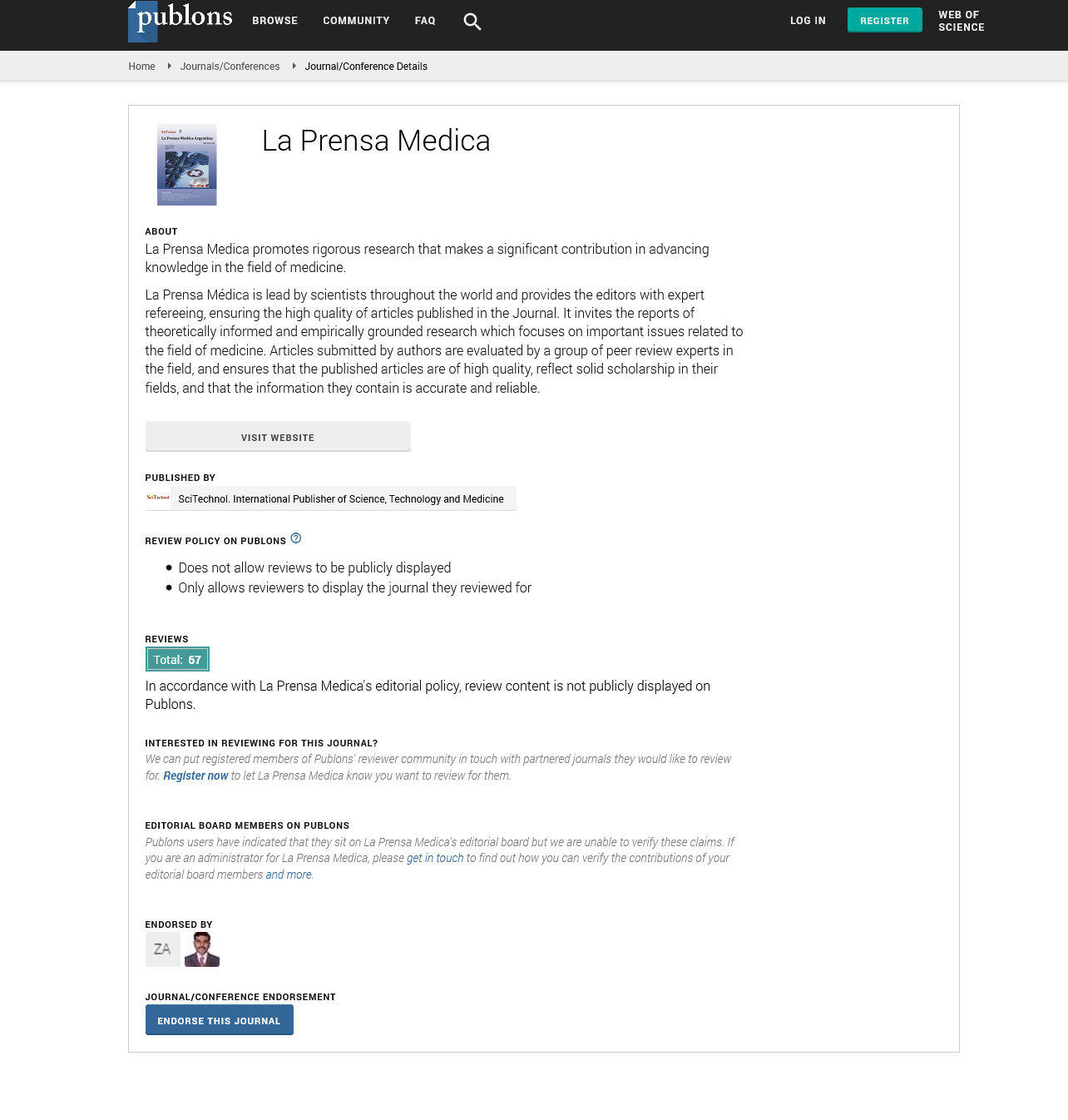Short Communication, Lpm Vol: 0 Issue: 0
Equity principle in the national health policy in India and its implementation since past to present
Saroj Shinde*
Tata Institute of Social Sciences, India
Abstract
The principle of equity has considered as more ethical and also closely allied with the human right principles. In India the drafts of the National Health Policy (NHP) are ensuring large space for the equity principle to build healthy nation. Despite of that, there are a very prevailing differences and gaps between the health statuses of people from different sections of society in India. People from the lower caste and the tribal population are with the lowest health status. This situation highlights that particular section counters the unjust and unfair treatment in terms of health and services. There is a need to focus inequity in the health sector because it is unnecessary and certainly avoidable to the large extent. Certainly, all three NHPs guided to make progress in achieving the goals of health for all, MDGs and now SDGs to less or large extent, however, it is to accept that at the implementation level only certain determinants of the health focused on larger scope and some neglected. This study is the result of a critical review of all the three national health policies in India from 1983 to 2017 to find out in what way equity principle gained importance in the draft. Further, to highlight the existing gap in the health status, the published reports of the National Family Health Survey I, II, III and IV also reviewed and used as the supporting sources in this study. Other articles also reviewed to understand the equity principle and to support the arguments of prevailing health inequity in India. All the policy drafts had given concern towards the equity principle. Still, we are struggling to bring it into the implementation and not meeting equity principle that has been promised by the health policies. Historically, the gaps in the health status of the people were there on the basis of caste hierarchy (General, OBCs, SCs and STs) and even today we encounter the same pattern of gaps sharply
Keywords: National health policy, Implementation
Introduction
India accounts for a substantial part of the global burden of disease, with 18% of global deaths and 20% disability-adjusted life-years (DALYs). While the growing burden of chronic disease accounts for 53% of deaths (44% of DALYs), 36% of deaths (42% of DALYs) are attributable to communicable diseases, maternal and perinatal conditions, and nutritional deficiencies suggesting a protracted epidemiological transition.2 One-fifth of maternal deaths and one-quarter of child deaths in the world occur in India.3,4 Life expectancy at birth is 63 years for males and 66 for females, and the under-5 mortality rate of 69 per 1000 births in India falls behind the South-East Asia regional average.5 The above statistics, however, mask the marked variation in the distribution of health within India. While health outcomes have improved over time, they continue to be strongly patterned along dimensions such as gender, caste (Side Panel 1), wealth, education, and geography.6–8 For example, the infant mortality rate among the poorest and richest wealth quintiles was 82 and 34 per 1000 births in 2005–6, respectively (Figure 1).9 Similarly, the under-5 mortality rate among mothers with no education compared to those with secondary or higher education was 106 and 49 per 1000 births, respectively. As shown in Figure 2, typically the state variation in under-five mortality tends to be largely patterned along the level of state economic development. Substantial geographic inequalities in health outcomes in India, with life expectancy ranging between 56 years in Madhya Pradesh to 74 years in Kerala; a difference of 18 years, which is higher than the provincial differences in life expectancy in China,10 or the inter-state differences in the United States. Inequalities in curative health care: Inadequate access to appropriate maternal health services remains an important determinant of maternal mortality. Although the rates of institutional delivery have increased over time, only 40% of women in India report giving birth in a health facility for their last birth in 2005– 6. There exists a six-fold difference between the richest and poorest quintile in institutional delivery (eFigure 2). Although this relative difference in inequality has declined over time, the absolute percentage point difference in the prevalence of institutional delivery between the poorest and richest has increased from 65% in 1992–3 to 70% in 2005– 6. Among scheduled tribes, institutional delivery was 17.1% in 1998–9 with minimal improvement to 17.9% in 2005–6. Similarly, there are marked variations in general hospitalization rates by gender, wealth, and urban-rural residence.28 Some of this variation may be due to differences in actual and perceived need and health seeking behavior; indeed, there is evidence of gender inequalities in untreated morbidity with the likely underreporting of illness among women.24 Volume 107 • Issue 7 Although the poor are more likely to seek care in the public sector, the rich capture more of their share of public services because they are more likely to utilize these services, and also seek care in higher level facilities.29 The rich are also more likely to be hospitalized, and have longer in-patient stays in the public sector.30 Previous analysis of public sector health services demonstrated that the preventive care services of immunization and antenatal visits show a more equitable distribution than most curative care.29 In summary, even though progress has been made, inequalities continue to persist in access to services. There are differential trends in relative and absolute inequalities suggesting differential uptake and access to services by different groups and understanding these nuanced patterns has policy implications for better targeting services to vulnerable groups. Human resources for health: India faces the challenge of sustaining adequate level, skill mix, quality and distribution of human resources for health, across states and especially in poorer rural areas. (see Series paper on HRH). Rural areas are served by over a million rural practitioners, many of whom are not formally trained or licensed.40 Since the most disadvantaged are more likely to receive treatment from less qualified providers, India’s human resources for health challenge presents a further hurdle for assuring equity in health care (see Series paper on HRH).
 Spanish
Spanish  Chinese
Chinese  Russian
Russian  German
German  French
French  Japanese
Japanese  Portuguese
Portuguese  Hindi
Hindi 

